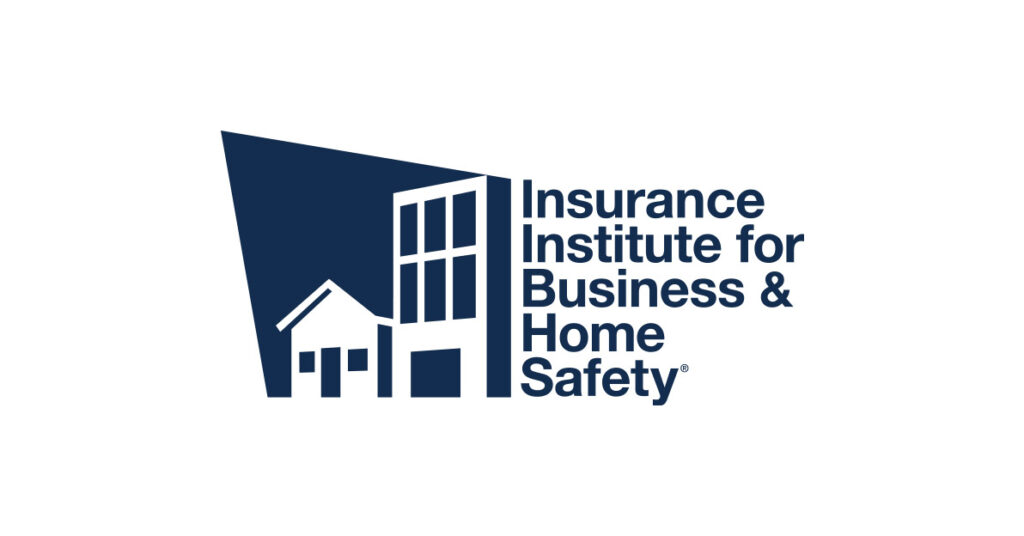IBHS CEO WRIGHT URGES COMPREHENSIVE APPROACH TO WILDFIRE MITIGATION


WASHINGTON, D.C., September 22, 2022 – In invited testimony to the U.S. House Financial Services Committee, Insurance Institute for Business & Home Safety (IBHS) President and CEO Roy Wright urged lawmakers toward a comprehensive approach for wildfire mitigation, including actions to retrofit homes to limit the impact of wildfire, strongly enforced codes for buildings and defensible space, and consistent public communications about the mitigation actions that matter most.
During the committee’s hearing, “State of Emergency: Examining the Impact of Growing Wildfire Risk on the Insurance Market,” Wright said more can be accomplished when groups work together and recognize that the changing climate brings a cost.
“When we speak with a common voice, we can affect far more change,” Wright said. “None of this is free. We can’t in one breath say, ‘The climate is changing and making wildfires worse,’ and in the next breath say, ‘I want the costs of building and insurance to be cheaper.’”
In submitted testimony, Wright noted that although severe weather disrupts lives, displaces families and drives financial loss, Americans are not powerless, adding, “Strengthening our resilience to wildfire is among the most pressing challenges faced by too many American families, but solutions are within our reach.”
Wright explained how IBHS translated more than a decade of research into the first-ever wildfire mitigation designation program, called Wildfire Prepared Home. The program, currently available in California, provides a system of actions that address the resilience of three vulnerable areas of a home – the roof, specific building features and defensible space, including the 0-5-foot home ignition zone. The wildfire risk of homes that meet all the requirements to obtain a designation has been meaningfully reduced, allowing them to be distinguished from unmitigated or partially mitigated properties.
He also highlighted a study that IBHS co-authored with Headwaters Economics, which found effective mitigation actions are also affordable. In a review of wildfire-resistant homes in California, the report showed that vulnerable areas of the home can be mitigated for less than $3,000 during new construction.
Wright said that although mitigating wildfire risk starts at the parcel level, the risk requires community-wide involvement. “Only when entire neighborhoods take these wildfire resilient actions will we truly bend down the risk of wildfire conflagration — those catastrophic days when entire neighborhoods fall like dominos.”
He noted the constructive role of government programs and policies in helping homeowners take action, stating that “complacency is a place where Congress can play a role — by providing financial incentives, such as tax credits, [that] can provide the additional nudge homeowners may need to invest in their own resilience.”
Recent Posts
NOAA Weather
Tampa, FL
Last Updated on Jun 5 2024, 6:53 am EDT
Weather by NOAA
Current Conditions: Fair
Temp: 77°F
Wind: SE at 5mph
Humidity: 88%
Dewpoint: 73.0°F
 National Hurricane Center
National Hurricane Center
- The Atlantic hurricane season runs from June 1st through November 30th. April 20, 2025The Atlantic hurricane season runs from June 1st through November 30th.